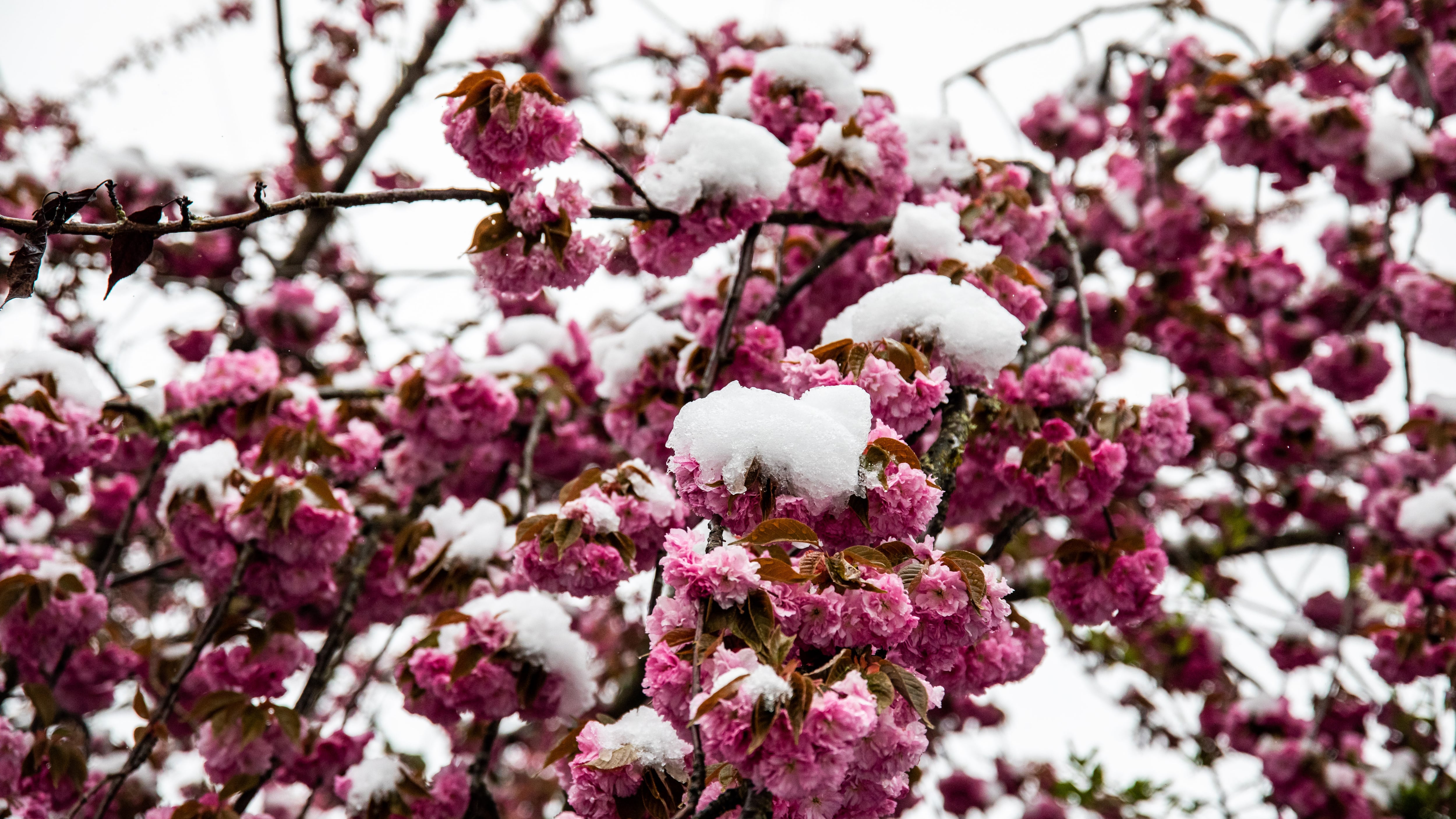Why did so many trees break and split with the freak April snow? Do they soften up and become less tough in the spring? —Sarah RK
Until last week, Portland had never had any snow this late in the season, much less the 2 to 5 inches we recently enjoyed.* I also note that this once-in-a-lifetime event came less than a year after a once-in-a-lifetime heat wave that reached 116 degrees. (And, a year before that, the sky turned orange for a month, but who’s counting?) If that’s not weird enough, recall that the two events actually happened at roughly the same time of year—in April and June, respectively. Thank God climate change is just a hoax perpetrated by satanic liberal pedophiles; otherwise I might worry.
Anyway, let’s talk happy little trees. I will confess that I briefly entertained a theory similar to yours, Sarah, except in my version the rising springtime sap actually hydrated winter’s dry branches, making them supple and strong. You’ll be pleased to learn, however, that both of us are full of rising springtime shit. According to Paul Ries, director of the urban forestry program at Oregon State University, tree branches have the same load-bearing ability year round. That said, in a springtime snowstorm, events can conspire to make that load heavier than it might be in winter.
Even in a snowstorm, April is warmer than January—the temperature throughout our storm never even dipped below freezing. That means wetter snow—not only heavier than the fluffy stuff we get in colder months, but stickier too, so the trees holds more of it. The problem is compounded by the fact that by April many trees have sprouted leaves, providing more surface area for snow to stick to.
Finally, while it’s true that tree branches can hold the same weight in every season, the branches themselves are heavier in the spring and summer, with the weight of new leaves, buds and sap all counting against the total.
Still, trees are resilient; presumably they (and we) will recover in time to be flattened by whatever sandstorm, monsoon, rain of frogs, or molasses tidal wave that fate has in store. I liked it better when “once in a lifetime” meant “less than once a year,” but what are ya gonna do?
*Or tried to! Amirite, ladies?
Questions? Send them to dr.know@wweek.com.
